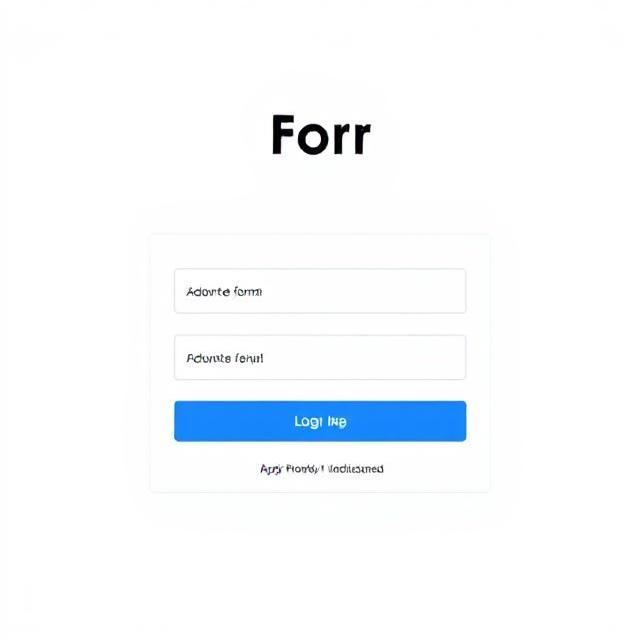Member-only story
Setting Up User Authentication in Symfony

Not a Medium member yet? Click here to access this article for free!
User authentication is a crucial aspect of web application security. Symfony, a powerful PHP framework, provides robust tools to implement authentication efficiently. In this article, we will walk through the process of setting up user authentication in Symfony in 6 easy steps.
Prerequisites
Before getting started, ensure you have the following:
- A Symfony project set up
- Composer installed
- A database configured (e.g., MySQL, PostgreSQL, SQLite)
Step 1: Install Security Bundle
Symfony’s security system is based on the SecurityBundle, which is included by default in new Symfony projects. If not installed, add it using:
composer require symfony/security-bundleStep 2: Create the User Entity
Symfony provides a built-in way to generate a User entity:
php bin/console make:userFollow the prompts to create a User entity with fields such as email and password. This command generates the entity, repository, and security configuration required for authentication.
